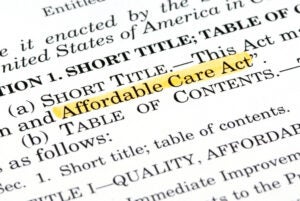September Research Roundup: What We’re Reading

As we fall into autumn weather, CHIR continues to keep up with the latest health policy research. In September, we read about trends in individual market enrollment, mental health care networks available through the Affordable Care Act’s (ACA) Marketplace, and employers’ ability to negotiate lower prices for health care services.








